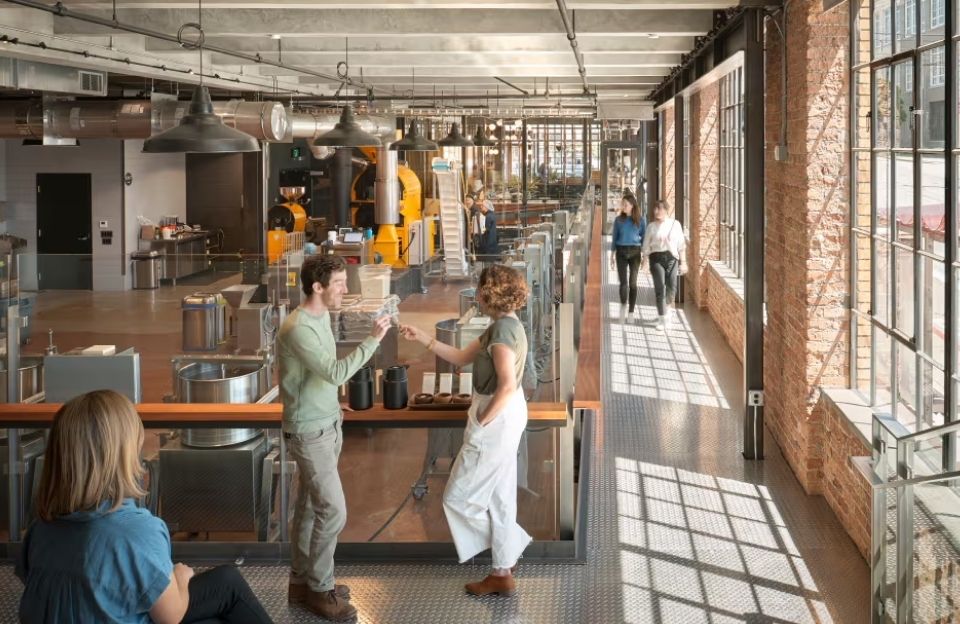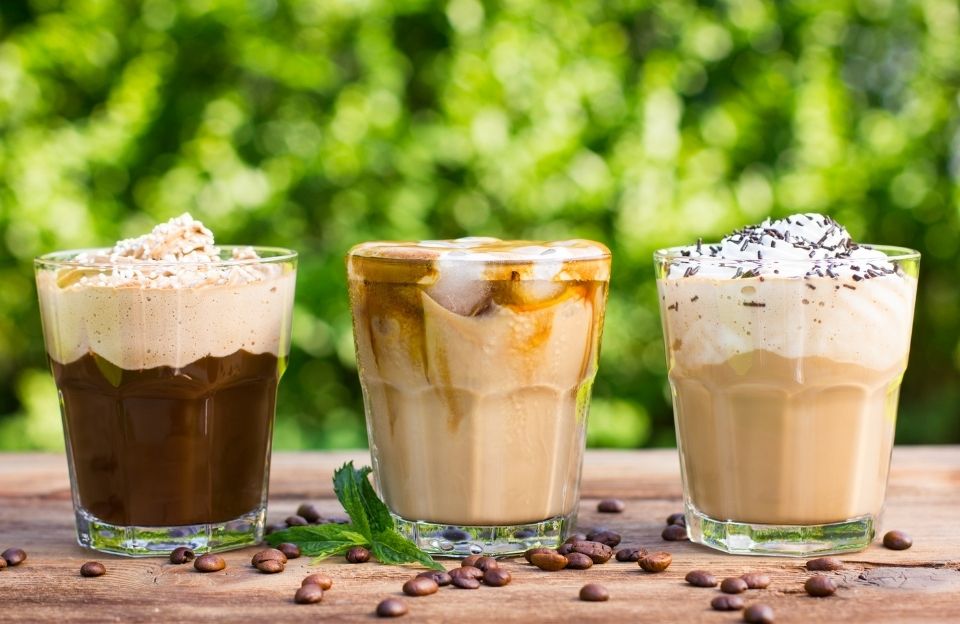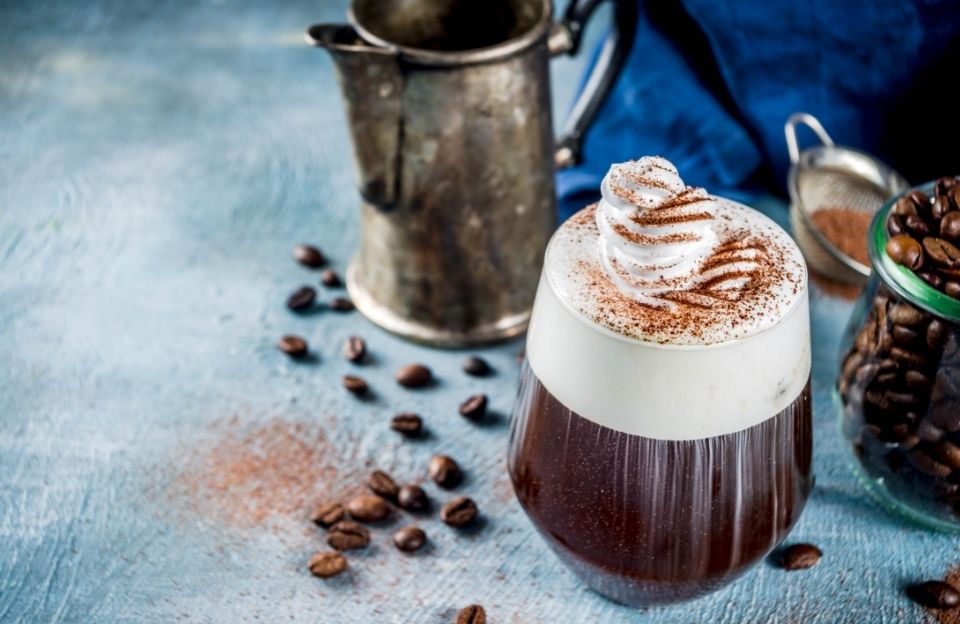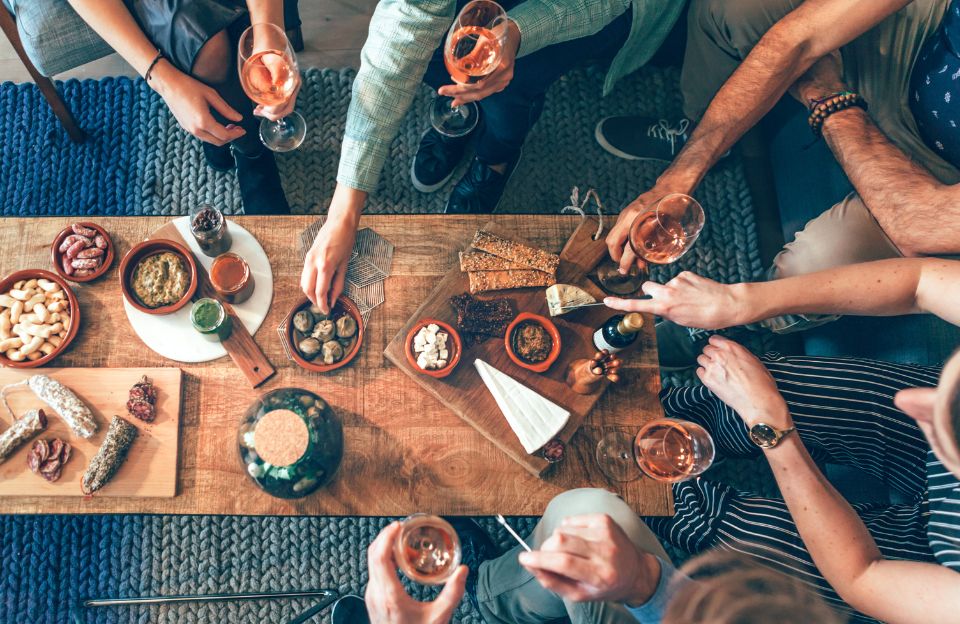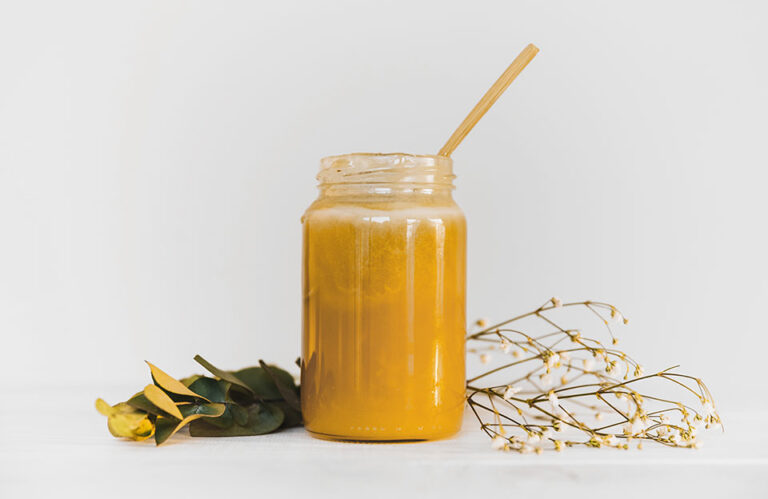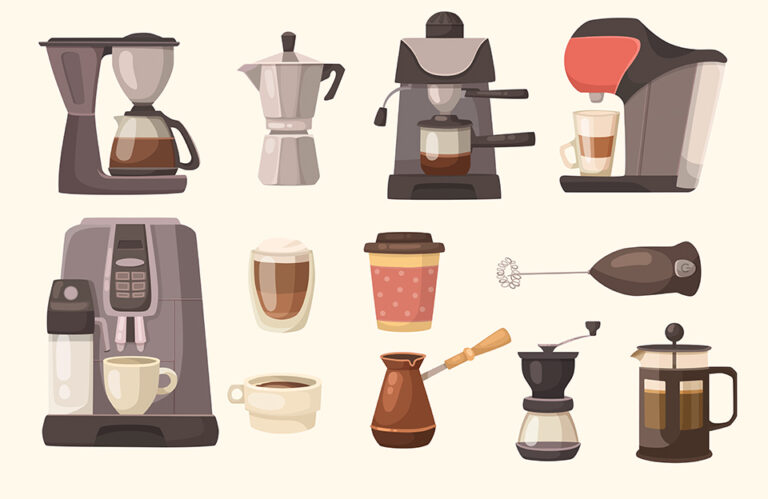There’s something about the perfect pairing of wine, cheese, and chocolate that elevates a simple gathering to a memorable event. Whether you’re hosting a cozy evening with close friends or a larger party, the right combinations of these indulgent treats can impress your guests and make your event a gourmet hit. This guide will walk you through the essentials of pairing wine, cheese, and chocolate, ensuring each sip and bite is a journey of flavors.
Table of Contents
The Art of Pairing
Understanding the Basics of Pairing Pairing wine with cheese and chocolate is not just about throwing different flavors together; it’s an art form. The right wine can enhance the taste of cheese and chocolate, while the wrong pairing can overshadow or clash with the flavors. Here’s what you need to know to get started:
- Wine: The flavor, acidity, and sweetness of the wine.
- Cheese: The texture, fat content, and sharpness of the cheese.
- Chocolate: The cocoa content, sweetness, and whether it’s dark, milk, or white chocolate.
The Fundamentals of Flavor Harmony
Creating the Perfect Balance Balance is key when pairing wine, cheese, and chocolate. The goal is to match the intensity of the flavors so that one does not overpower the others. Here’s how to achieve that balance:
- Match by Intensity: Bold wines with strong cheeses and rich chocolates; lighter wines with milder cheeses and delicate chocolates.
- Consider Acidity: Wines with higher acidity can cut through the fat of creamier cheeses.
- Sweet with Sweet: Sweet wines work beautifully with chocolates, especially ones with a higher cocoa content.
Wine and Cheese: A Timeless Duo
Finding the Right Match
Begin with the wine’s characteristics. Is it acidic, tannic, sweet, or fruity? These features will guide your cheese selection. For instance, a tannic wine like a Cabernet Sauvignon pairs beautifully with a fatty cheese, which helps to soften the wine’s astringency.
Classic Combinations
- Chardonnay and Brie: The buttery nature of Brie complements the oaky notes of a full-bodied Chardonnay.
- Chardonnay and Gouda: The buttery notes of chardonnay complement the nutty flavors of aged gouda.
- Pinot Noir and Gruyere: The fruity undertones of Pinot Noir are a perfect match for the nutty flavors in Gruyere.
- Pinot Noir and Swiss Cheese: The fruity undertones of pinot noir are a great match for the mild nuttiness of Swiss cheese.
- Chardonnay and Gouda: The buttery notes of chardonnay complement the nutty flavors of aged gouda.
Adding Chocolate into the Mix
Chocolate and Wine Pairing Principles
The key to pairing chocolate and wine is to avoid having the chocolate be sweeter than the wine. Otherwise, the wine may come across as bitter.
Perfect Pairings
- Merlot and Milk Chocolate: The soft tannins of Merlot harmonize beautifully with the creamy richness of milk chocolate.
- Zinfandel and Dark Chocolate: A Zinfandel’s fruity notes make it a delightful complement to the bitter intensity of dark chocolate.
Hosting a Pairing Party
Setting the Scene
Arrange your selections on a platter in the order they will be tasted. Provide separate knives for each cheese to prevent mixing flavors.
Guiding Your Guests
Offer a brief explanation of each pairing. This not only enhances the tasting experience but also gives your guests a greater appreciation of the thought behind each combination.
Palate Cleansers
Provide plain bread, crackers, or water between tastings to cleanse the palate and prepare for the next flavor profile.



